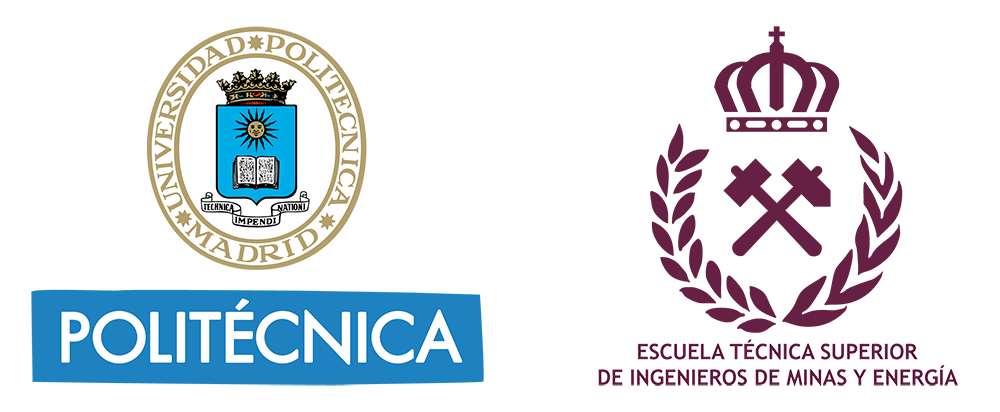The teachings of Mine Engineering were established in Spain by the Royal Order of July 14th, 1777, under King Carlos III of Spain, ten years after the first ‘Academy of Mines’ was opened in Freiberg, Saxony (Germany). With the help of prestigious national and international specialists, the first Spanish ‘Academy of Mines’ was created, in Almaden.
It was in this century that the incorporation of Science into empirical and experimental technologies began. Mathematical knowledge was needed for mining, and knowledge of minerals began with the examination of their chemical composition and crystallographic structures.
The first qualification at the academy was ‘Underground Geometry and Mineralogy’, taught by Enrique Cristóbal Storr. Meanwhile Fausto and Juan José De Elhúyar discovered ‘Wolframite’, Fausto then founded the Royal Mining Seminary in Mexico. Another professor of the Seminary, Andrés Manuel del Río isolated ‘Vanadium’.
In 1799, Physics and Chemistry joined the Curriculum and Proust began the teachings of ‘Geognosy’ in the ‘Escuela de Minas’. At the end of the century, the number of schools multiplied across America, under Spanish direction. In the last years of the century, Alexander von Humboldt's geological journeys through Hispanic America opened the teachings of ‘Geology’ in the Mining Schools of Spain and America.
In 1827, the experience of Alonso Barba’s treatments to obtain silver became essential and was studied both in Almadén and in Mexico and Peru. But now, unlike during the days of alchemy, Metallurgy was supported by Chemistry.
Until the mid-19th century, teaching was, in a way, a conglomerate of empirical, scientific, and experimental knowledge. The Public Instruction Act of 1857, which created the ‘Engineer's Degree’, was also the starting point of a teaching concept of three-year courses, initially, which was then extended to five-year courses, two years later.

